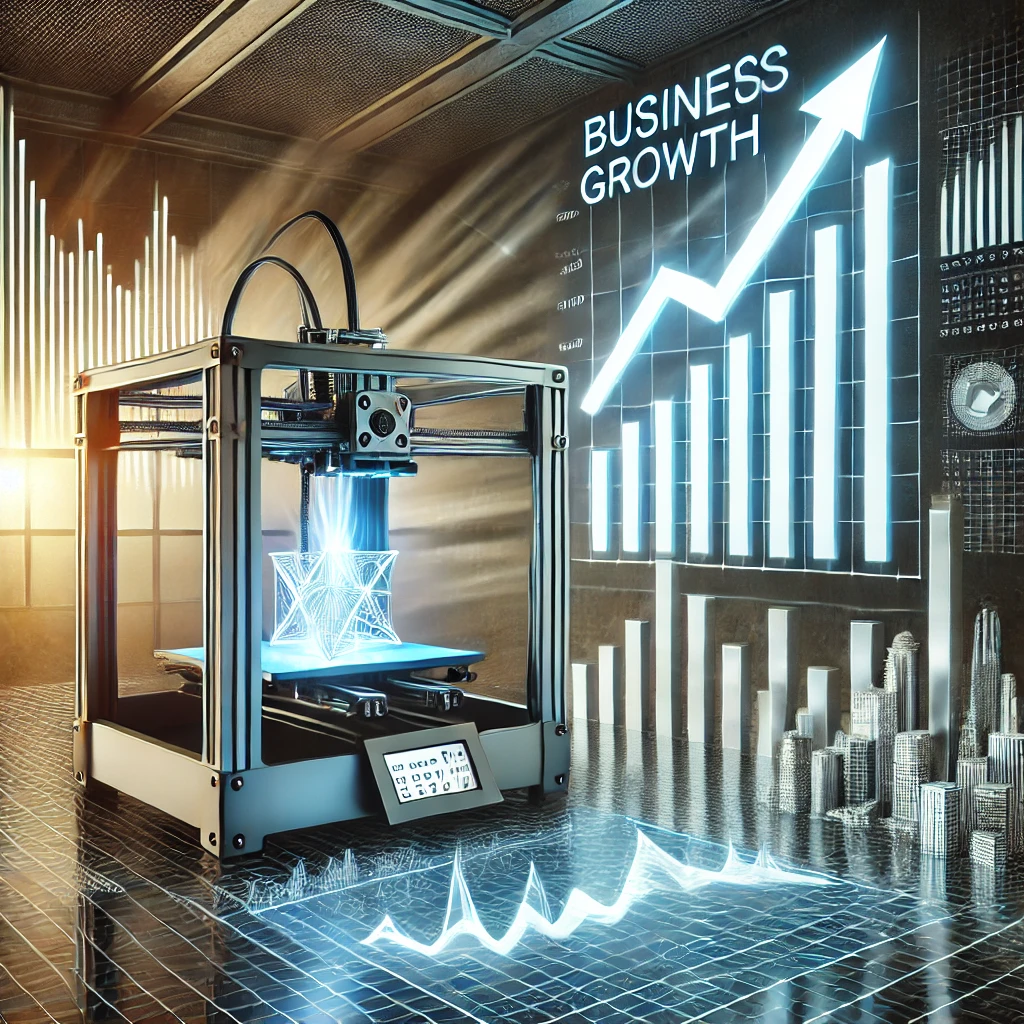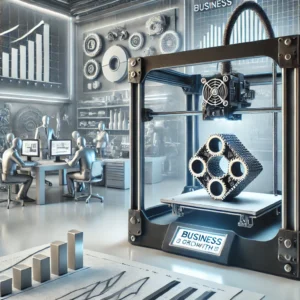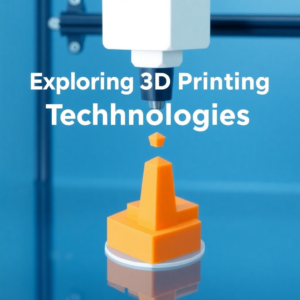Business growth with 3D printing technology

In today’s fast-paced business world, staying competitive means embracing innovation. 3D printing technology is at the forefront of this revolution, offering businesses a powerful tool to enhance efficiency, reduce costs, and foster growth. From prototyping to production, companies across industries are leveraging 3D printing to unlock new opportunities and streamline operations.
The Role of 3D Printing in Business Growth
3D printing, also known as additive manufacturing, allows companies to produce physical objects directly from digital designs. This capability provides a significant advantage in multiple sectors, including manufacturing, healthcare, and consumer goods. By adopting 3D printing technology, businesses can:
- Speed up the product development process through rapid prototyping.
- Reduce production costs by minimizing material waste.
- Increase flexibility with on-demand manufacturing.
- Customize products to meet unique customer needs.
Benefits of 3D Printing for Businesses
- Faster Time to Market
Traditional manufacturing methods are often slow and cumbersome. With 3D printing, businesses can accelerate product development and shorten the time it takes to bring new products to market. -
Cost Efficiency
3D printing eliminates the need for expensive molds and tooling. This reduction in setup costs can result in substantial savings, especially for small-scale production runs. -
Sustainability
By using only the necessary amount of material, additive manufacturing promotes sustainability. This is particularly beneficial for businesses aiming to reduce their environmental footprint. -
Customization
With 3D printing, businesses can easily create custom products tailored to individual customer preferences. This capability opens up new revenue streams, particularly in industries such as fashion, automotive, and healthcare.
Real-World Examples of Business Growth via 3D Printing
Several companies have experienced significant growth by integrating 3D printing into their business models:
-
General Electric:
By using additive manufacturing to produce engine components, GE has reduced production costs and improved performance in its aviation division. -
Adidas:
This sportswear giant uses 3D printing to create customizable soles for its footwear, revolutionizing how products are designed and produced. -
SmileDirectClub:
A healthcare company that uses 3D printing to produce custom orthodontic aligners at a fraction of the cost of traditional methods.
Overcoming Challenges with 3D Printing Technology
While the benefits of 3D printing are vast, businesses must address certain challenges to fully capitalize on the technology:
-
Initial investment costs:
Although 3D printers are becoming more affordable, the upfront investment can still be a barrier for small businesses. -
Material limitations:
While advancements are being made, not all materials are suitable for 3D printing, particularly in industries requiring high-strength components.
Future Outlook for 3D Printing in Business
The future of 3D printing in business looks bright. As the technology evolves, businesses will continue to find innovative ways to incorporate 3D printing into their operations. From the development of new materials to the creation of larger and faster printers, the possibilities for business growth through 3D printing are limitless.
3D printing technology is transforming industries and offering businesses a competitive edge by reducing costs, speeding up production, and enabling customization. As more companies adopt additive manufacturing, the potential for business growth is undeniable. Now is the time for forward-thinking businesses to explore the vast opportunities 3D printing offers.
Visit our other website: aibrainpowered.com




